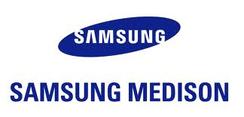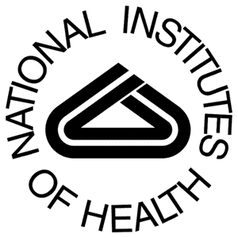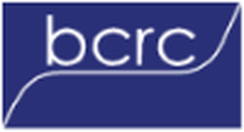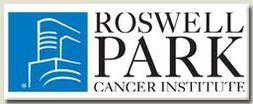■ Research
1. Multimodal imaging: Photoacoustic/Ultrasound/Optical/AFM/RF/Magnetic
2. High performance computing/processing in CPU/GPU/DSP, and Artificial Intelligence in Healthcare
3. Digital Healthcare
4. Medical Device Commercialization
5. Clinical translational research
■ Teaching
We are very interested in developing new educational methods such as MOOCs and Flipped Learning Methods.
1. Creative IT design
Conventional capstone design courses tend to adopt a linear sequencing of design from theory study and practical training to capstone design and/or implementation. In such a course structure, students may have limited design experiences and formalized design flow, which could restrict students’ potential to accomplish flexible, creative, and convergent design outcomes. The main aim of the CITD course, therefore is to move away from such traditional linear approach of IT design and to provide convergent and creative IT-based design capability to students.
2. Principles of Biomedical Engineering
This course is a comprehensive survey of the multi-disciplinary filed of biomedical engineering. Biomedical applications from electrical, chemical, and mechanical engineering perspectives will be discussed in both descriptive and quantitative terms. By the end of this course, successful students will: (1) Apply knowledge of biological and physical sciences, mathematics, and engineering to solve problems at the interface of engineering and biology; (2) Design a Biomedical Engineering system, component, and/or process that meet specific needs; and demonstrate understanding of relevant technical, professional, and ethical issues; (3) Function on multi-disciplinary teams; (4) Communicate effectively in verbal, written, and graphical formats; and (5) Identify, formulate, and solve Biomedical Engineering problems that address contemporary issues within a global, societal, and economic context.
3. Biomedical Optics
Description: This course will cover two main topics including the principles of optical photon transport in biological tissues and various optical imaging techniques. The former topic includes an introduction to biomedical optics, Monte Carlo modeling of photon transport, radiative transfer equation and diffusion theory, and optical spectroscopy. The later part covers ballistic imaging, optical coherence tomography, diffuse optical tomography, photoacoustic tomography, and acousto-optical tomography.
4. Introduction to Medical Imaging
This course will cover a comprehensive introduction of the physics, systems, and computational methods of standard medical imaging modalities including Planar X-ray imaging, X-ray computed tomography (CT), Nuclear medicine, Magnetic Resonance Imaging (MRI), Ultrasound imaging (US), and optical imaging. Further, image reconstruction algorithms will be discussed.
5. Bioinstrumentation
This course introduces biomedical instrumentation covering clinical and research measurements. The covered topics include biomedical electronics, measurement techniques, understanding of transducers used in measurements and system for physical, optical, electrical, mechanical, thermal transduction mechanics. Specifically measurement techniques using biopotential electrodes, strain transducers, pressure sensors, flow sensors, biochemical sensors are discussed. Further, this course also introduces students to basic principles in data acquisition and signal processing of sensory data. This course consists of lab courses.
6. Applied Medical & Engineering Biology
Biomedical Engineering applies engineering technologies to medical diagnosis and treatment. An in-depth understanding of the human body is one of the essential foundations of biomedical engineering. In this class, engineering principles are used to analyze the anatomy, physiology, and cell biology. The topic include energy consumption and oxygen used of the body, classification of muscles and forces, skeleton, pressure in the body, function of kidney, respiratory and cardiovascular systems, electric signals of the body, function of ear and eye, cell biology.
Research Sponsors
■ Safety
© Copyright POSTECH BOALab 2006-2021





